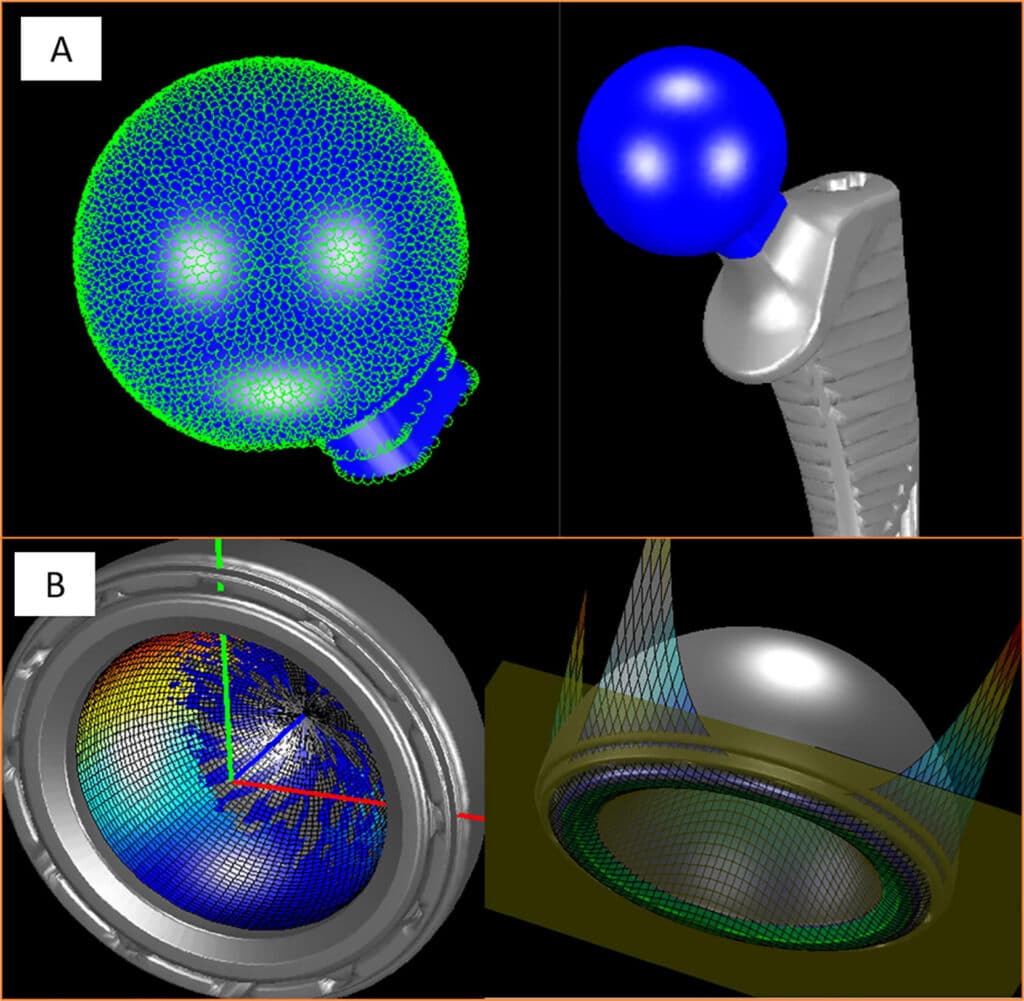Department Research Areas
Computational Medicine
Computational medicine is an interdisciplinary field that uses mathematical modeling, computer simulations, and data analysis to understand, diagnose, and treat diseases. It combines principles from biology, medicine, engineering, and computer science to develop predictive models of biological systems and disease processes. These models help researchers and clinicians make informed decisions about patient care, drug development, and medical interventions. Computational medicine is revolutionizing healthcare by providing tools for deeper understanding, precise diagnosis, and personalized treatment. Its integration with emerging technologies like artificial intelligence and big data ensures that it will continue to play a pivotal role in advancing medical science and improving patient outcomes.
Participating Faculty
The following faculty work on research around computational medicine. Visit their profile pages to learn more about their specific areas of research.
Sample Projects
Hydrocephalus Shunt Mechanics
Hydrocephalus is when an excess amount of cerebrospinal fluid (CSF) accumulates within the ventricles of the brain, leading to elevated intracranial pressure. More than 1 in every 500 infants is born with hydrocephalus, making it the highest cause of brain surgery in children. The most common treatment is the surgical placement of a brain shunt to drain CSF from the ventricles. However, brain shunts have extremely high failure rates, with ~85% of patients requiring at least one shunt revision and 5% requiring 10 or more revisions. Dr. Good’s group is developing computational models of brain shunts (both catheter and valve device components) to study their failure conditions.

Representative publications:
Good B, Killefer J, TerMaath S. The effects of ventricle geometries and boundary conditions on computational modeling of ventriculoperitoneal catheters. Computers in Biology and Medicine. 2025. In press. https://doi.org/10.1016/j.compbiomed.2025.109776
Total Hip Arthroplasty Stability and Edge Loading
Hip dislocation is one of the leading causes of failure and revision surgery for total hip arthroplasty. To reduce dislocation rates, lipped liners have been designed with an elevated portion of the rim to increase jump distance and maintain greater contact area. While it has been documented that lipped liners help reduce dislocation, whether lipped liners also help reduce smaller instances of hip micromotion, separation, and edge loading is still being investigated.
The University of Tennessee’s Center for Musculoskeletal Research uses computational modeling to verify the effectiveness of lipped features and to determine what the ideal orientation for these lips is to reduce instability and dislocation risk.

Representative publication:
LaCour MT, Ta MD, Komistek RD. Development of a hip joint mathematical model to assess implanted and non-implanted hips under various conditions. Journal of Biomechanics, Volume 112 (2020). https://doi.org/10.1016/j.jbiomech.2020.110051.
